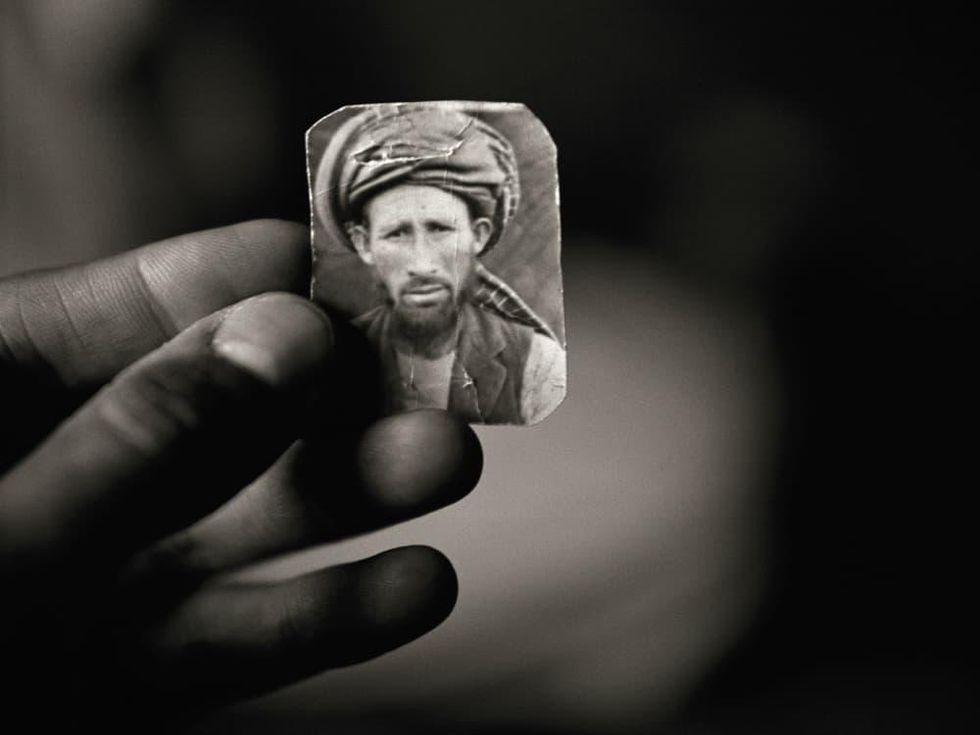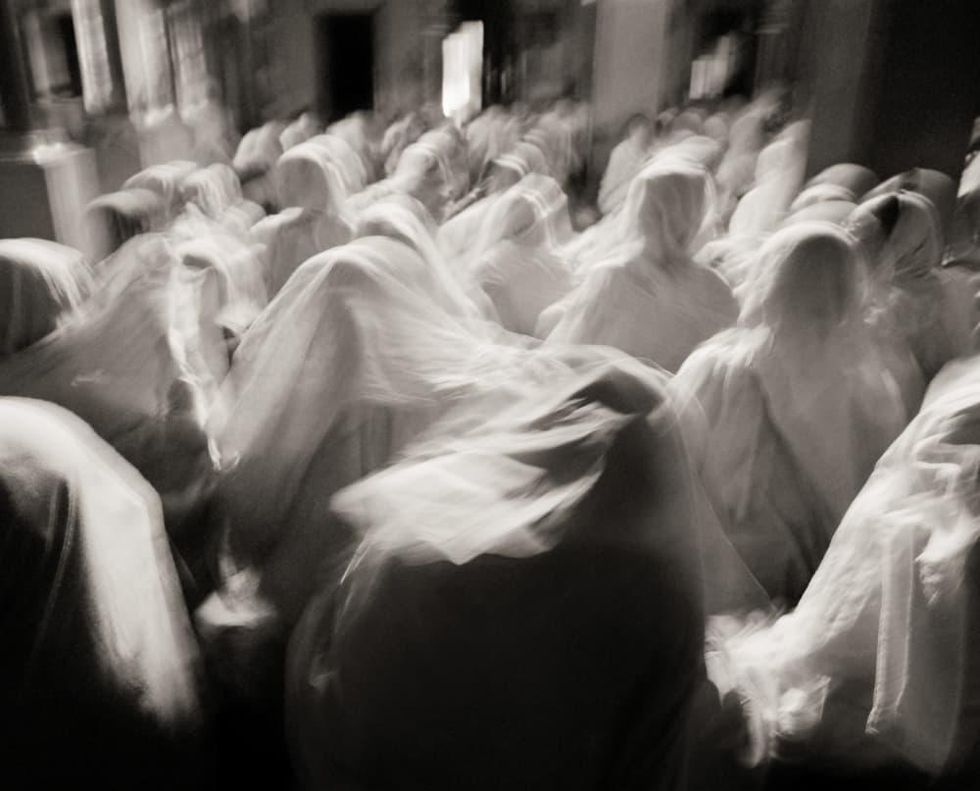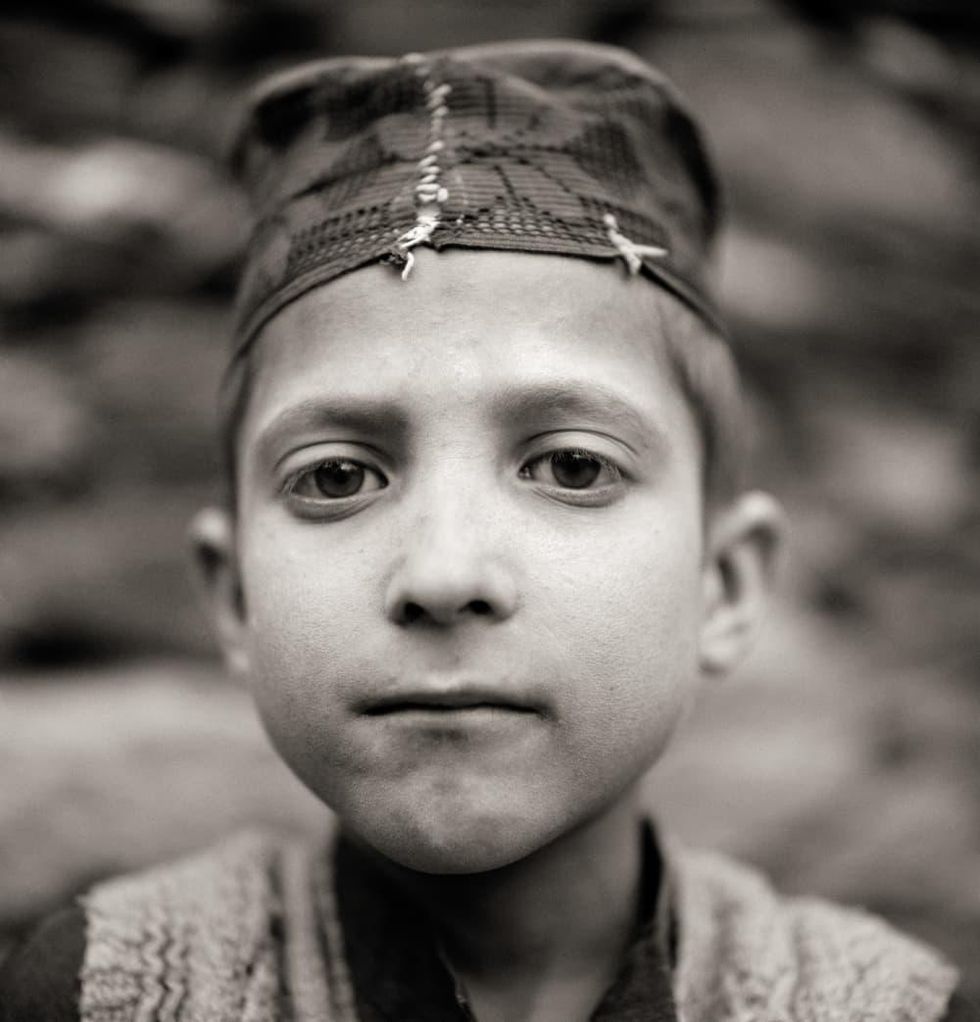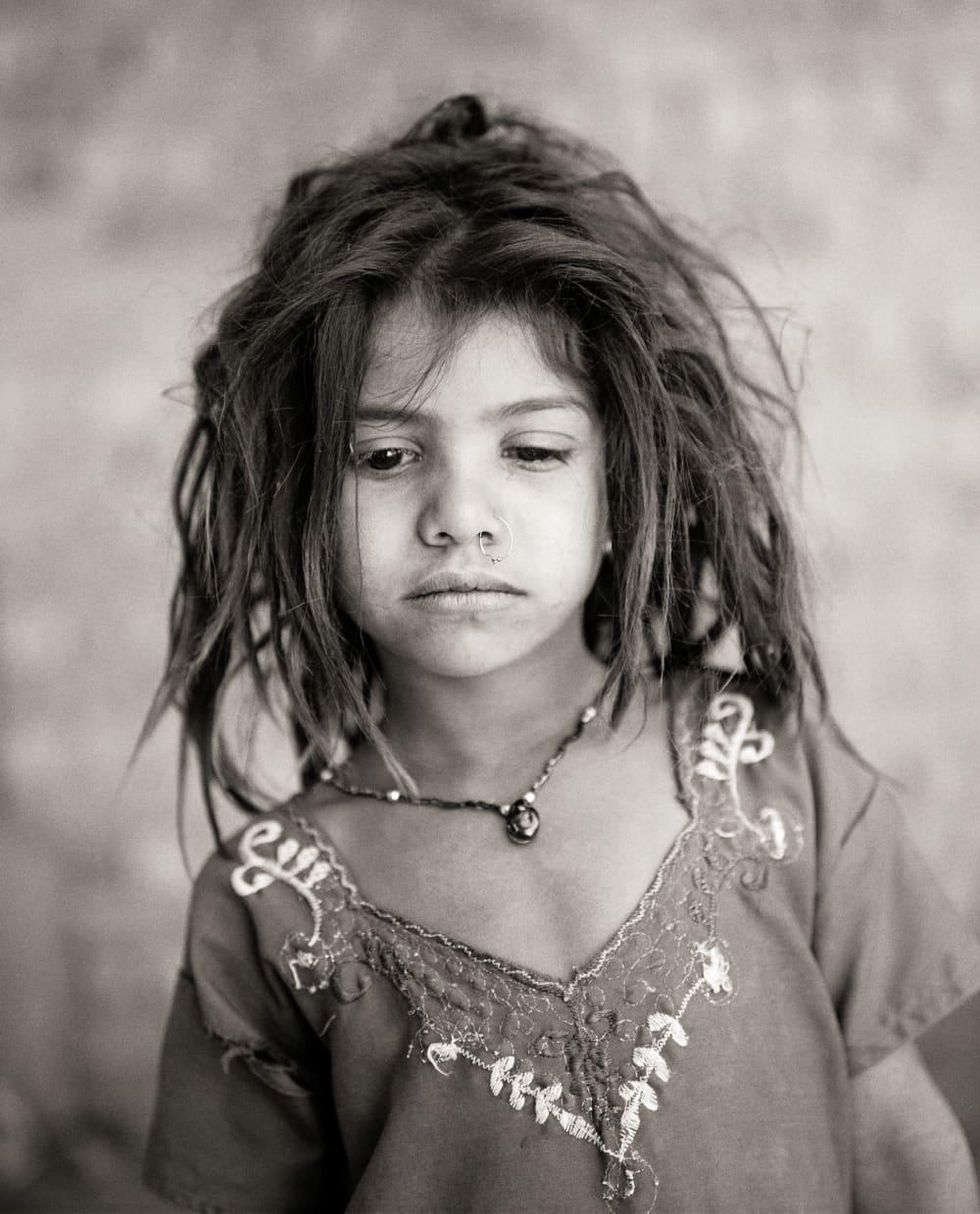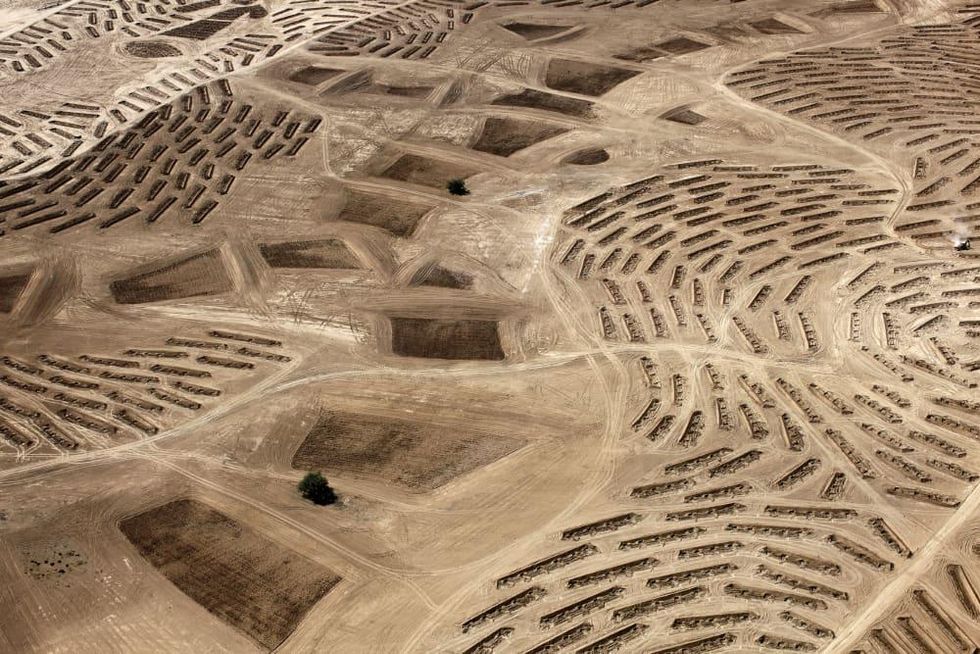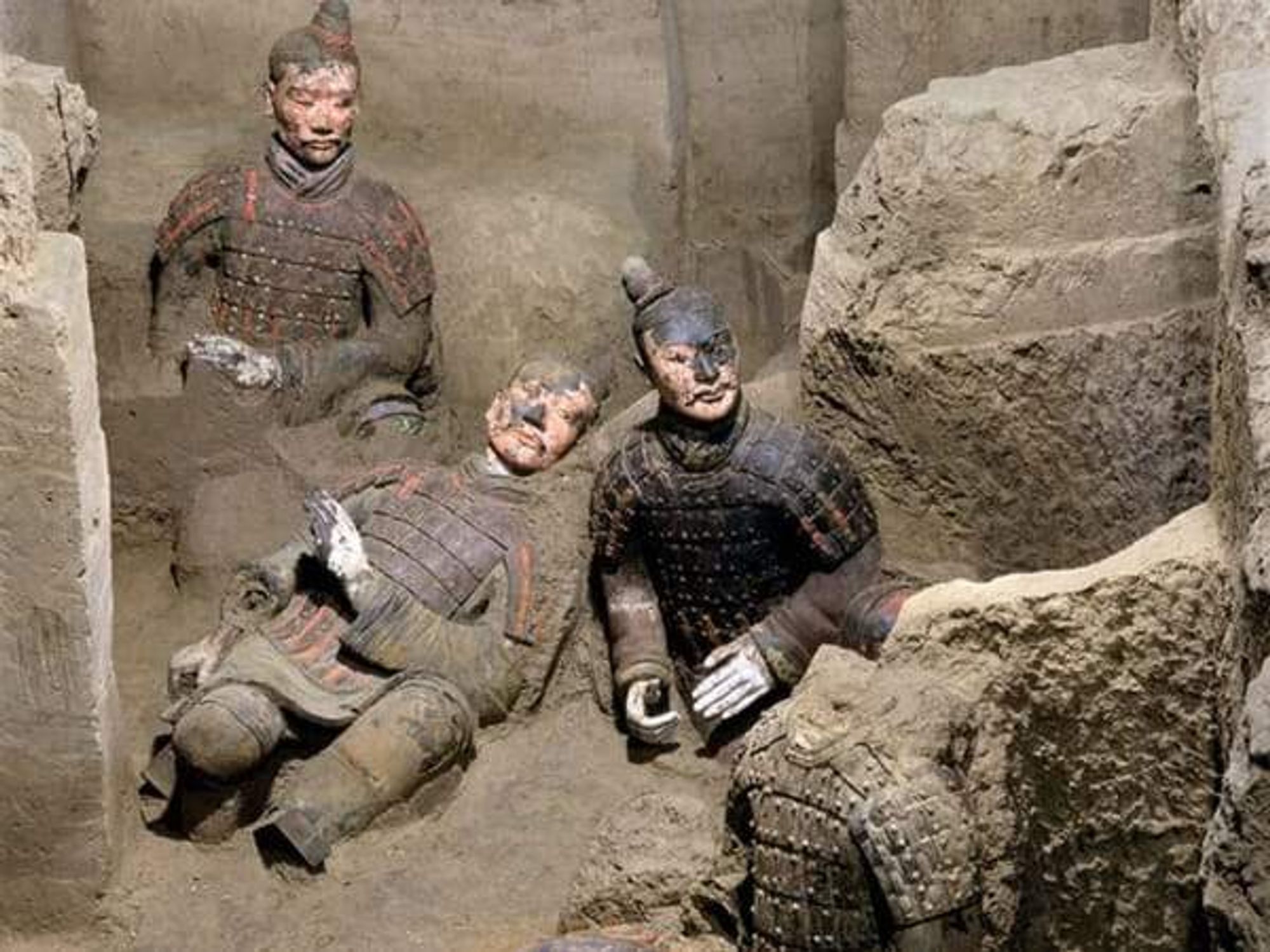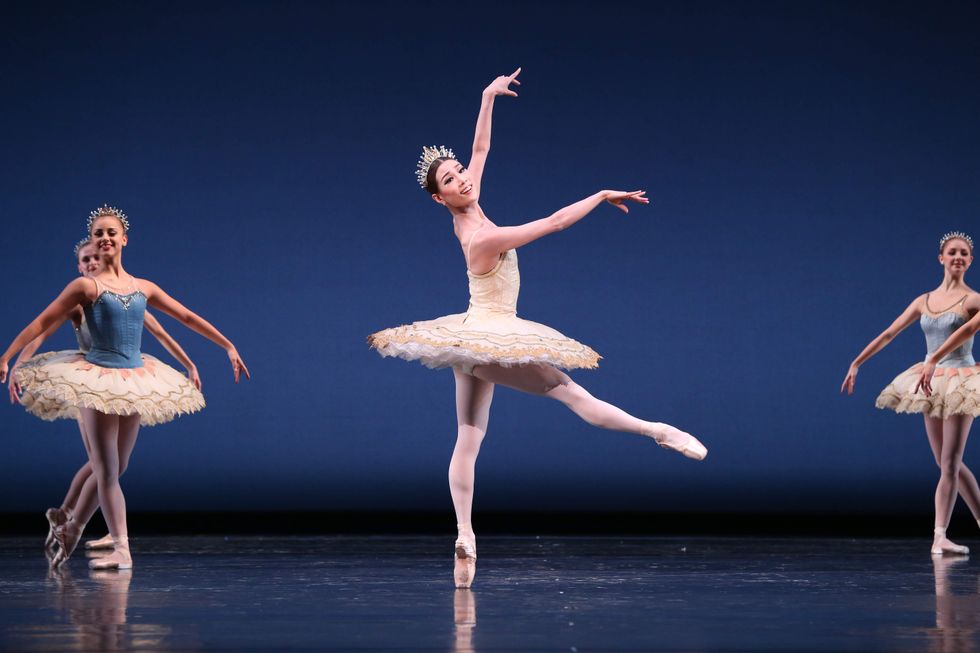Homelands and Histories
Life stories in closeup: New photography exhibit brings lost homelands to Houston
The space between photographer and subject can be one of vast distance to microscopic proximity in both a real, measurable length but also on a metaphorical level. When gazing at the faces gazing back at the photographer in the new Museum of Fine Arts exhibition Homelands and Histories: Photographs by Fazal Sheikh that figurative distance between Sheikh and the people and places he captures sometimes seems infinitesimal.
The new exhibition, now on view until October 1, highlights the recent acquisition of 75 photographs from several of Sheikh’s major series and projects and the books those project became. Malcolm Daniel, the Gus and Lyndall Wortham Curator of Photography, and Sheikh worked together to select which works would go into the MFAH’s collection thanks to a generous grant from Jane P. Watkins.
Art from Collaboration
Entering the galleries of Homeland and Histories, viewers will perhaps feel a great intimacy and immediacy with the faces and places captured as mostly black-and-white images, even though sometimes those people, towns and landscapes reside or lie halfway across the globe. From Afghani children born in exile to Indian widows in the midst of worship to aerial landscapes of the Negev Desert, the photographic artworks bring the viewer directly into the history and life story of the subject, whether that subject be human or an expanse of Earth.
“My work is collaborative in nature,” said Sheikh recently during a media walkthrough look at the exhibition. “I never felt very comfortable with the notion of insinuating myself into a community and moving through to photograph. But rather, to do something in a collaborative spirit felt much more comfortable and helped greatly to inform the process of rendering.”
Though he was born and raised in New York, some of Sheikh’s work springs from his familial connections to Kenya, his father’s homeland and northern India, now Pakistan, where his paternal grandfather was born.
“Most of my work is actually about trying to reconcile the duality within me, mixed in my DNA,” he explained of some of his earlier photographic journeys into Kenya, South Africa and later Pakistan. But Sheikh soon moved beyond these direct ancestral ties to an exploration of other kinds of border crossings.
“I have to find a way to reach across different barriers, whether they be nations, religions, or genders. I think that kind of thread is something I’ve explored through all of these projects.”
Throughout his career, beginning decades ago while still in college, Sheikh has traveled the world not just to photograph isolated communities and even refugee camps, but to take testimony and hear the life stories of the people he meets through his art.
Faces of the World
The exhibition includes pieces from several of the major series he created during the last 20 years. These works, shown together within the Cameron Foundation Gallery in the Beck Building, include: The Victor Weeps, photographs taken of Afghan refugee communities in northwestern Pakistan; Moksha, photos taken within the holy Indian city of Vrindavan of the widow communities that reside there in prayerful devotion; and Erasure, a trilogy of projects he did “woven around this notion of the legacy of 48,” the Arab-Israeli war of 1948.
With too many works to display in one gallery, Daniel also used the rotating photography selections from the museum’s collection, located in the lower Beck corridor, to feature some of Sheikh’s early pieces, including photos taken while he visited Somali, and Sudanese refugee camps in Kenya.
“The very simple mode in which I work of just asking permission goes a long way,” Sheikh says in describing how he first began his process of photographing by asking and then collaborating. “I’ve almost never been refused in that way. All of my work has been firstly about asking a community to collaborate, or even more properly said, to instruct the process of making.”
“I found that the stronger images were those that I completely gave over instruction of the relationships within the frame to the sitters,” he explained when describing how he asked individuals and pairs to present their selves to the camera as they wanted.
As part of that collaboration process, Sheikh also asked for the subject of the photographs to tell their own stories. Museumgoers can read those transcribed testimonies throughout the exhibition and also use their phones to hear Sheikh read some of those stories, even while they look onto the faces that gave those narratives to Sheikh.
“I feel really proud to be able to share the work,” said Daniel of the exhibition as a whole. “For me one of the things that Fazal does so well is to take those big, abstract issue like refugees, or the Israel/Palestinian conflict and to bring it down to a human level.”
Fazal Sheikh, Abshiro Aden Mohammed, Women’s Leader, Somali Refugee Camp, Dagahaley, Kenya, from the series A Camel for the Son, 2000, inkjet print, the Museum of Fine Arts, Houston.

